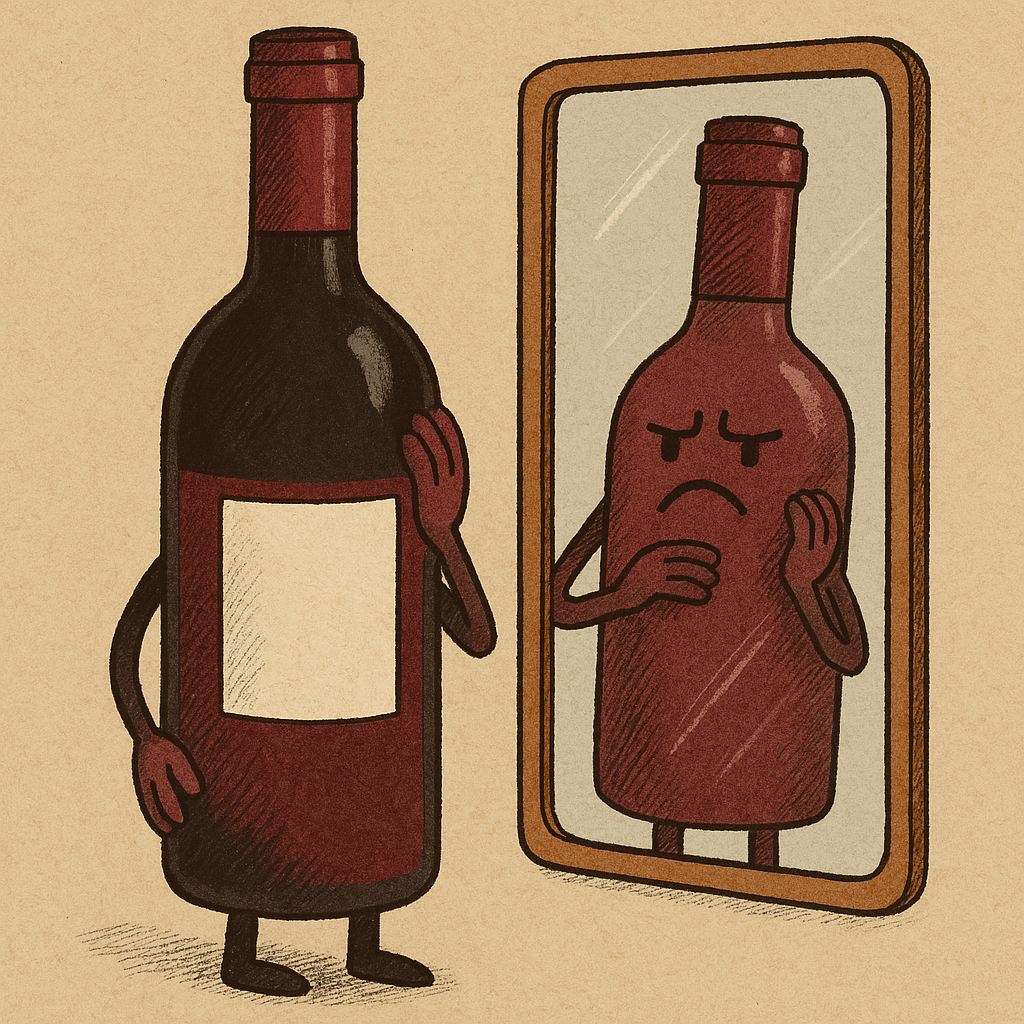Minerality: The Soil’s Flavor Bomb
Let’s start with the flashy stuff—minerality. If you’ve ever sipped a wine and thought, “Mmm, wet stones,” or “Is that a hint of chalk?” congratulations, you’ve just experienced the soil’s secret weapon. Different soils are packed with minerals, and these minerals sneak their way into the wine, giving it that earthy, sometimes downright rocky flavor.
For example:
- Limestone soils are like the star quarterback of wine regions. Wines grown in these soils often have that crisp, mineral-driven character that sommeliers love to fawn over. Think of it as the wine equivalent of getting hit with a cool, refreshing breeze—if that breeze were made of crushed rocks.
- Volcanic soils? They’re the bad boys of the soil world, adding smoky, intense flavors to your wine. If you’ve ever had a wine from Sicily’s Mount Etna, you know what I’m talking about. It’s like the wine has been through a volcano—and in a way, it has.
But here’s the thing: the vines aren’t exactly guzzling down minerals from the soil like it’s a smoothie. It’s more about how the soil affects the grapes’ growth and the overall balance of flavors in the wine. So, yeah, soil matters, even if it’s not exactly the life of the party.
Water Retention: The Soil’s Ability to Play Goldilocks
Soil also acts as the vineyard’s version of Goldilocks, controlling how much water the vines get. Too much water, and you end up with grapes that are plump and juicy, but lacking in flavor. Too little water, and the vines throw a fit, producing tiny, shriveled grapes that are all intensity and no chill.
- Clay soils are like that clingy friend who holds onto everything. They retain water like nobody’s business, which can be great in hot climates where the vines need all the hydration they can get. But beware—too much water, and your wine could end up tasting like a watered-down disappointment.
- Sandy soils are the opposite—they drain water faster than you can say “Cheers!” This stresses the vines out, but in a good way, resulting in small, concentrated grapes that pack a flavorful punch. It’s like the grapes are working overtime to make up for their lack of water, and the result is wine with serious character.
So, whether the soil is a hoarder or a drainer, it’s all about finding that sweet spot where the vines get just the right amount of moisture to produce the most flavorful grapes.
Soil Temperature: The Vineyard’s Personal Thermostat
Different soils have different abilities to absorb and retain heat, and this can seriously mess with the ripening process of the grapes.
- Dark, rocky soils are like the heat-seeking missiles of the vineyard world. They retain warmth, helping grapes ripen to their fullest potential. The result? Wines with deep, rich flavors that make you want to curl up by a fire and sip all night long.
- Light-colored, sandy soils reflect heat like nobody’s business, slowing down the ripening process and preserving more acidity in the grapes. This is perfect if you’re aiming for a wine that’s bright, zippy, and full of fresh flavors.
So, depending on the soil, the vineyard can either be a cozy blanket or a cool breeze, and that temperature control plays a big role in the final flavor of the wine.
Nutrient Availability: The Vine’s Crazy Diet
Just like people, vines need a balanced diet, and soil is where they get their nutrients. But here’s the catch—too many nutrients, and the vines go wild, producing a ton of leaves and shading the grapes, which can result in under-ripened, “green” tasting wines. Too few nutrients, and the vines might struggle, but they’ll produce grapes that are intensely flavorful.
- Fertile soils are like an all-you-can-eat buffet for vines, which sounds great until you realize that all those extra leaves can block out the sun and keep the grapes from ripening properly. The result? Wines that taste like they’re still trying to figure out what they want to be when they grow up.
- Rocky, less fertile soils force the vines to dig deep (literally) for nutrients and water. It’s a tough life, but the struggle leads to smaller, more concentrated grapes with complex flavors. In other words, these wines have been through the wringer, and they’ve got the character to prove it.
Conclusion: Dirt, the Unsung Hero
So there you have it. Soil isn’t just the stuff that gets stuck to your shoes—it’s the unsung hero that shapes the flavors in your glass. From minerality to water management, temperature control, and nutrient availability, the soil plays a starring role in creating the wine you know and love. So the next time you’re sipping on a glass of Resistance wine, raise it to the dirt beneath the vines—it’s working harder than you think to make your wine taste amazing. Cheers to the ground beneath our feet!
Want to learn more about Wine Tasting?
Check out our blog on 5 types of Wine Tastings











